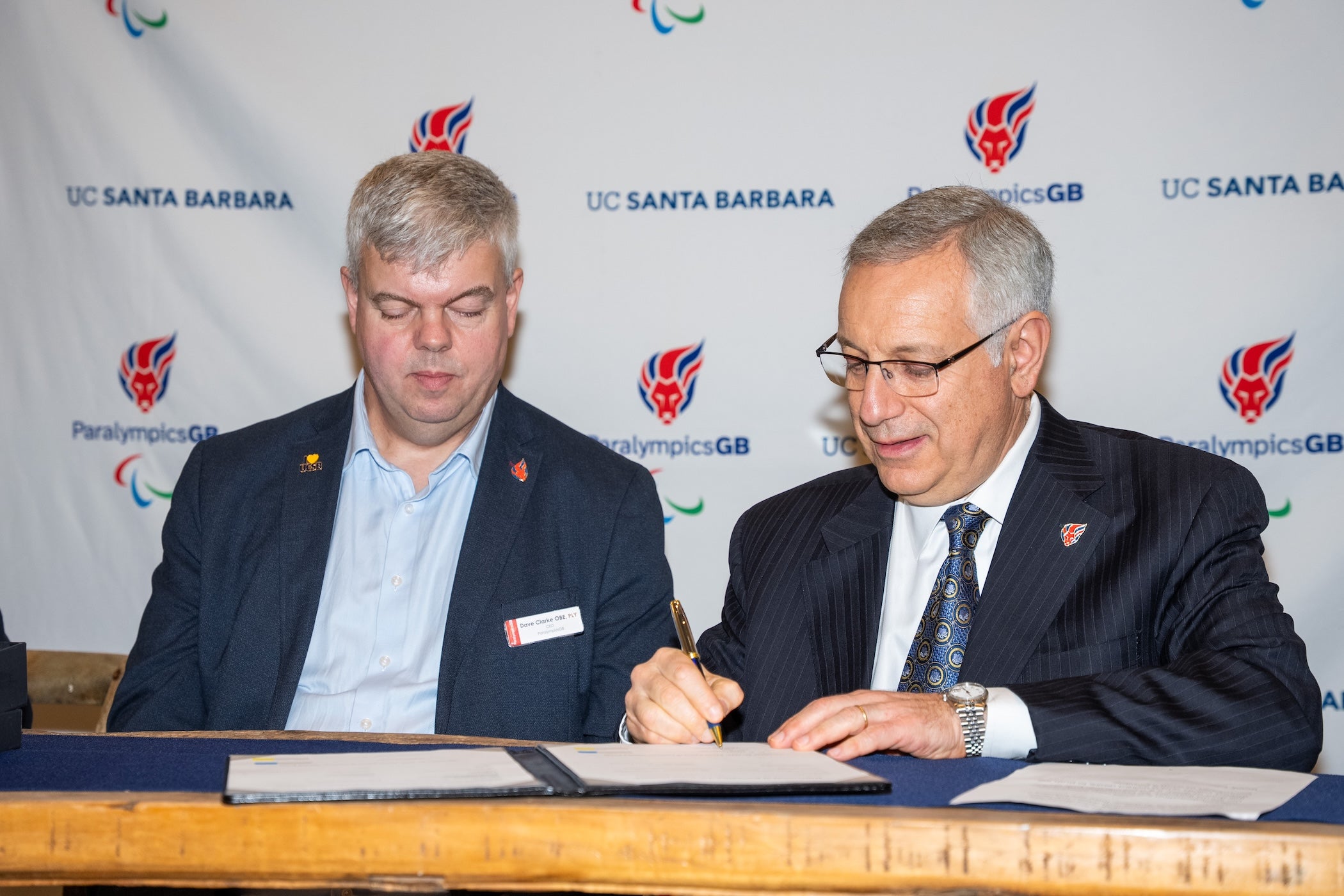First Mahsa Amini fellow begins doctoral program in religious studies
Award creates path for scholars from Iranian universities to pursue graduate studies at UC Santa Barbara
When Marzieh Gahvardband arrives on campus this fall, she will be taking the next steps in her long journey from Iran in pursuit of a doctorate.
The first recipient of the Mahsa Amini Fellowship, Gahvardband joins the graduate program in the Department of Religious Studies at UC Santa Barbara, under advisor Professor Janet Afary, Mellichamp Chair in Global Religion.
“We at the Graduate Division are very excited to welcome Marzieh to campus,” said Leila J. Rupp, Interim Anne and Michael Towbes Graduate Dean. “She is the embodiment of the hopes of the Iranian community members who took the initiative to raise the funds that made this fellowship possible. I know she will more than meet their expectations.”
Created in 2024, the award supports qualified scholars in a UCSB doctoral program who have graduated from an Iranian institution with a bachelor’s degree in a non-STEM discipline. Gahvardband will research the complex dynamics behind the emergence of the recent social movement in Iran. She hopes to be a part of an academic community that provides a platform for people facing gender discrimination, she said, adding: “I aim to contribute positively to their lives by creating a safe environment where they can share their experiences with others in the region.”
Gahvardband graduated with an undergraduate degree in law from the University of Zanjan in Iran. She went on to earn her master’s degree in women’s studies from the University of Alabama. She chose UCSB for her doctoral studies because of the expertise among its faculty, she said. “Professor Janet Afary’s excellent research in conceptualizing the intertwining of Islam and women’s agency in Iran, along with her critical analysis of gender and sexual politics, motivated me to pursue my studies at UCSB under her guidance and supervision,” said Gahvardband. “Additionally, I was drawn to the university’s wider resources and community, which I hadn’t had access to before.”
Recent protests in Iran drove Gahvardband to document the struggles of marginalized women in the Middle East. “Exactly one month after my immigration to the United States, the ‘Women, Life, Freedom’ movement began,” she said. “I believe the Mahsa Amini Fellowship is a great opportunity for me to be a voice for women under oppression in Iran. I hope to make a positive impact in the community through this fellowship.”
UC Santa Barbara was the first university in North America to establish a graduate fellowship in honor of Mahsa Amini, whose death in the custody of Iran’s morality police in September 2022 set off women-led protests across the country and brought international attention to the dangers women face in Iran.
Fundraising for the award was organized among the Iranian American community by UCSB graduate school alumni Salva Salmani-Rezaie Ph.D. ’21, Mohamad Nasr-Azadani Ph.D. ’12, and retired UCSB staff member Venus Nasri. The fellowship provides $8,000 and includes matching funds from the Graduate Division. To be considered, applicants should demonstrate economic need and a history of having been deprived of personal freedoms in their upbringing or home country. For more information about how to support the fellowship, contact John Lofthus.



